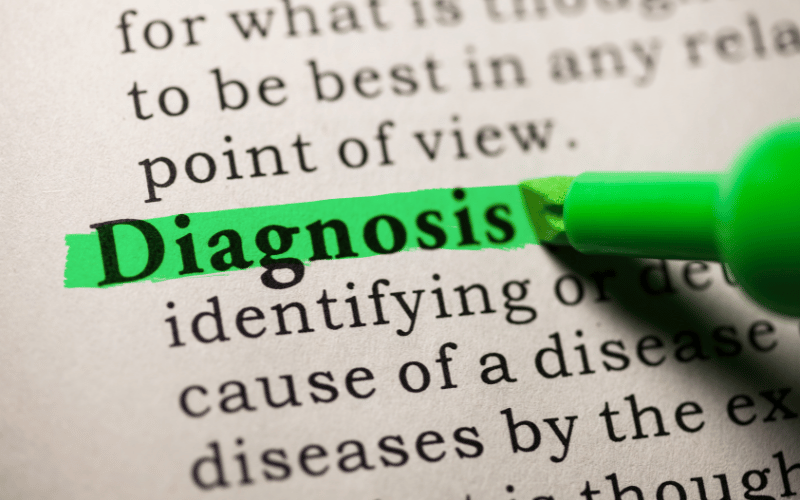Fact 5: Diagnosis Techniques

The first step in diagnosing sinusitis typically involves a thorough clinical assessment by a healthcare professional. This includes a detailed review of the patient’s symptoms and medical history. The doctor might ask about the duration and severity of symptoms, previous episodes of sinusitis, any known allergies, and exposure to environmental irritants. Physical examination often involves inspecting the nasal passages for signs of inflammation, swelling, or polyps.
For more complex cases, especially in chronic sinusitis, imaging techniques are employed to gain a clearer view of the sinus cavities. A CT scan of the sinuses can provide detailed images, helping to identify blockages, the extent of the inflammation, and any anatomical abnormalities. MRI scans may also be used in certain situations, particularly when there is a need to differentiate between soft tissue conditions that could be causing the symptoms.
Nasal endoscopy is another diagnostic tool used in evaluating sinusitis. This procedure involves inserting a thin, flexible tube with a light and camera into the nasal passages. It allows the doctor to directly observe the inside of the sinuses, assessing the extent of inflammation, presence of polyps, or other structural issues that might contribute to sinusitis.
Given the strong link between allergies and sinusitis, allergy testing can be an integral part of the diagnostic process. Skin tests or blood tests may be used to identify specific allergens that trigger sinus inflammation. This information is crucial in developing a comprehensive treatment plan, especially for those with recurrent or chronic sinusitis.
In cases where a bacterial infection is suspected, especially in chronic or recurrent sinusitis, microbial tests may be conducted. A sample of the nasal discharge might be taken for culture to identify the specific bacteria causing the infection. This helps in selecting the most effective antibiotic for treatment, ensuring a targeted and efficient approach to managing the condition. (5)